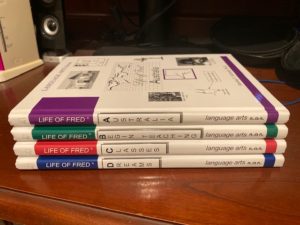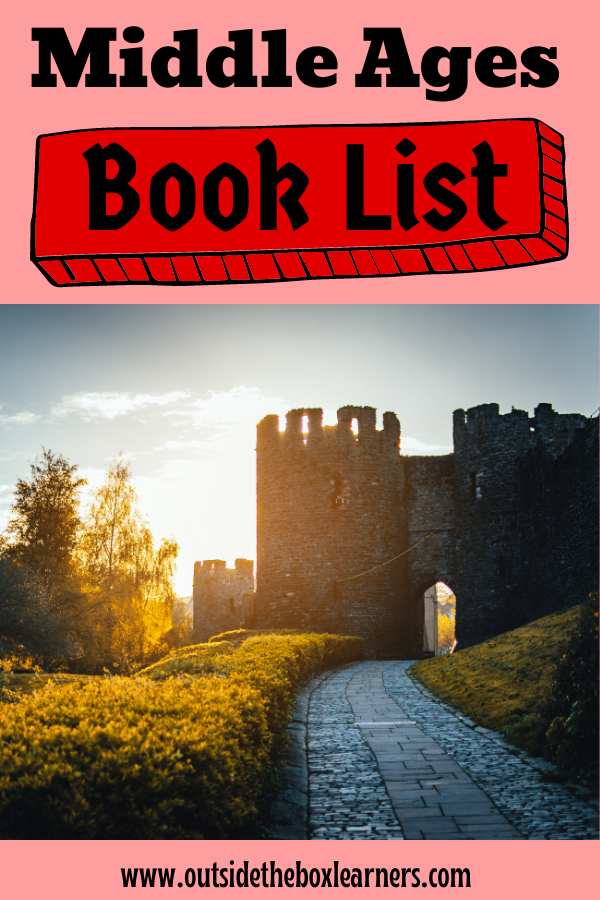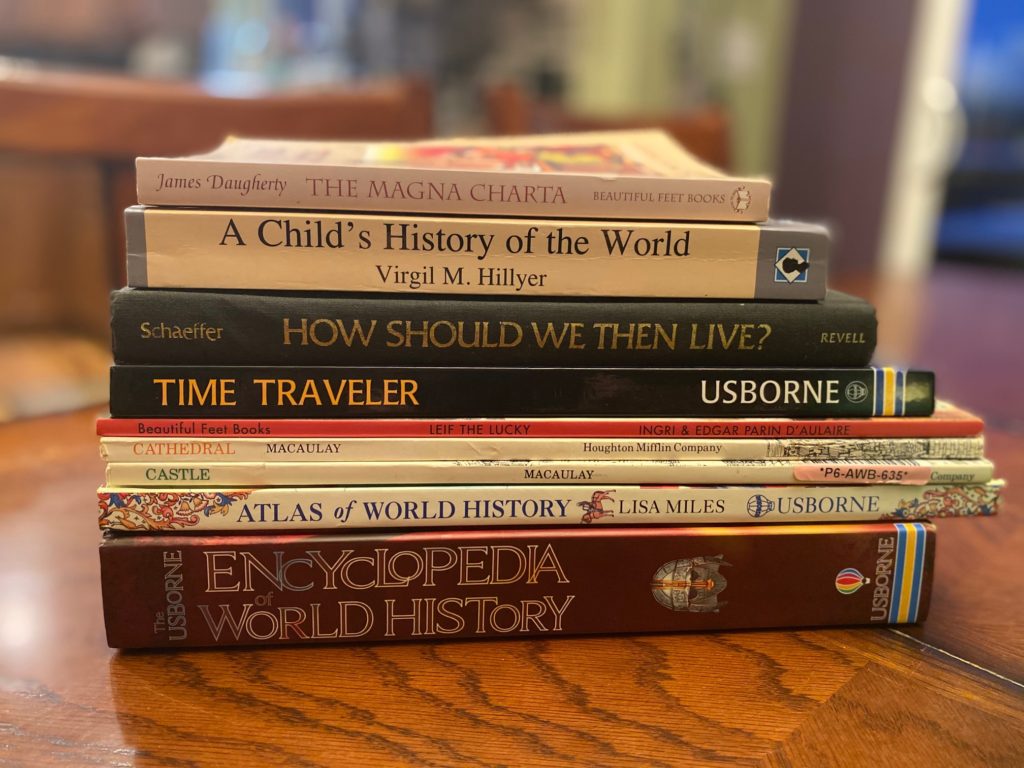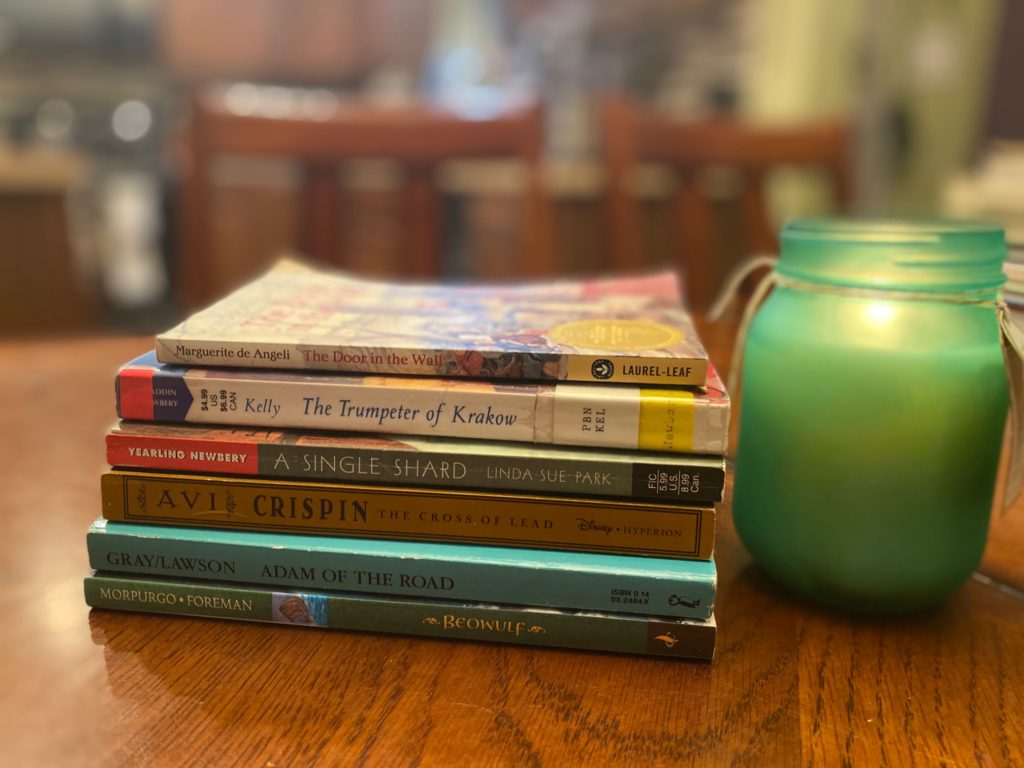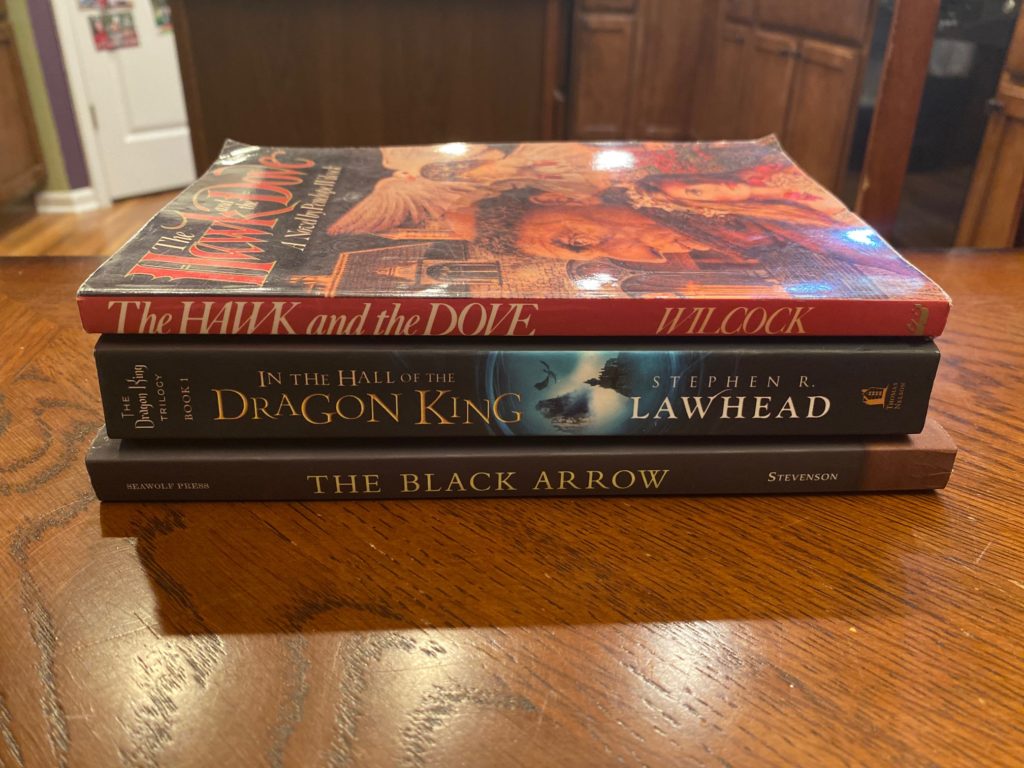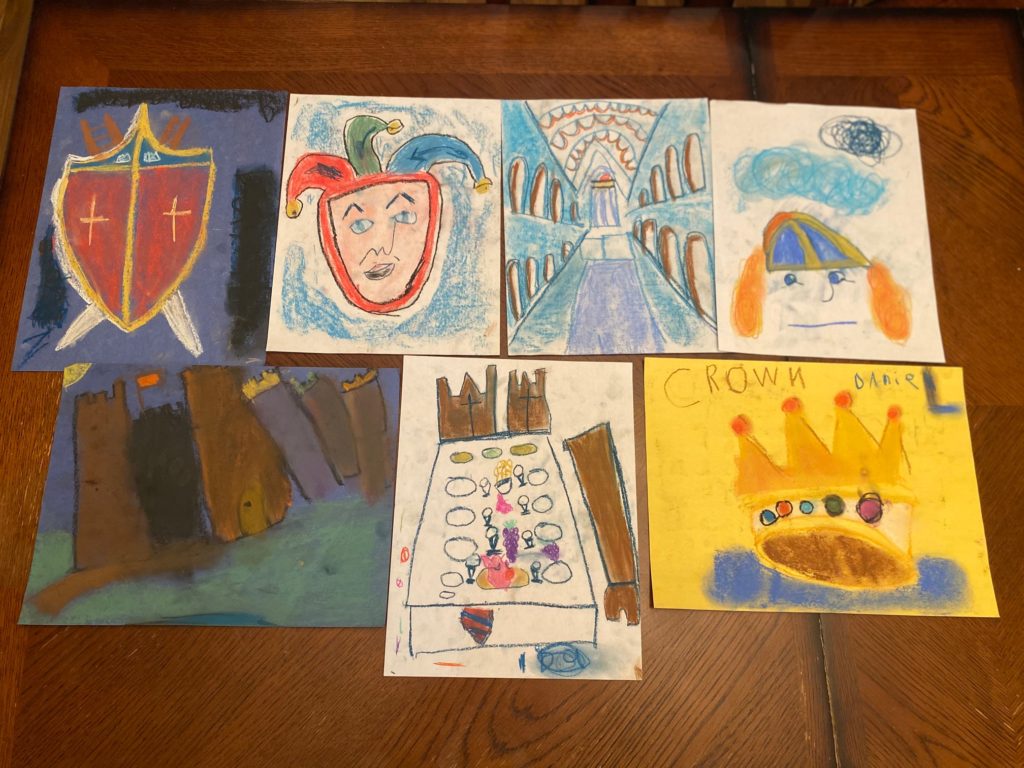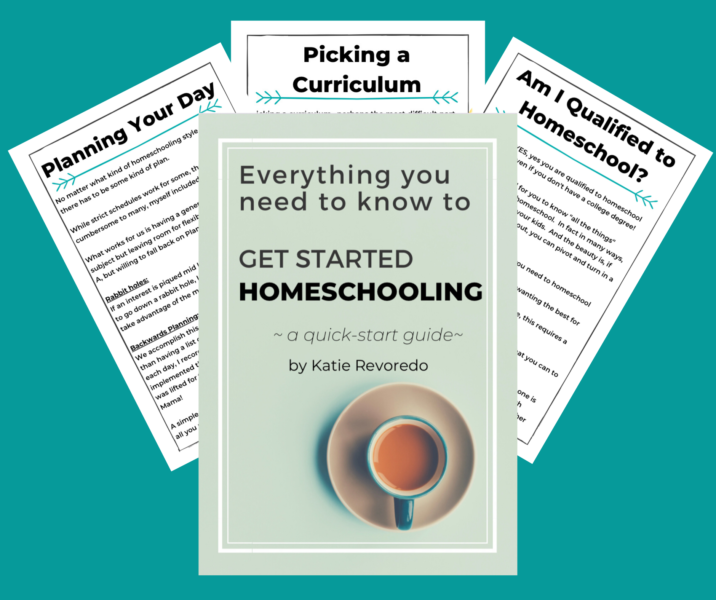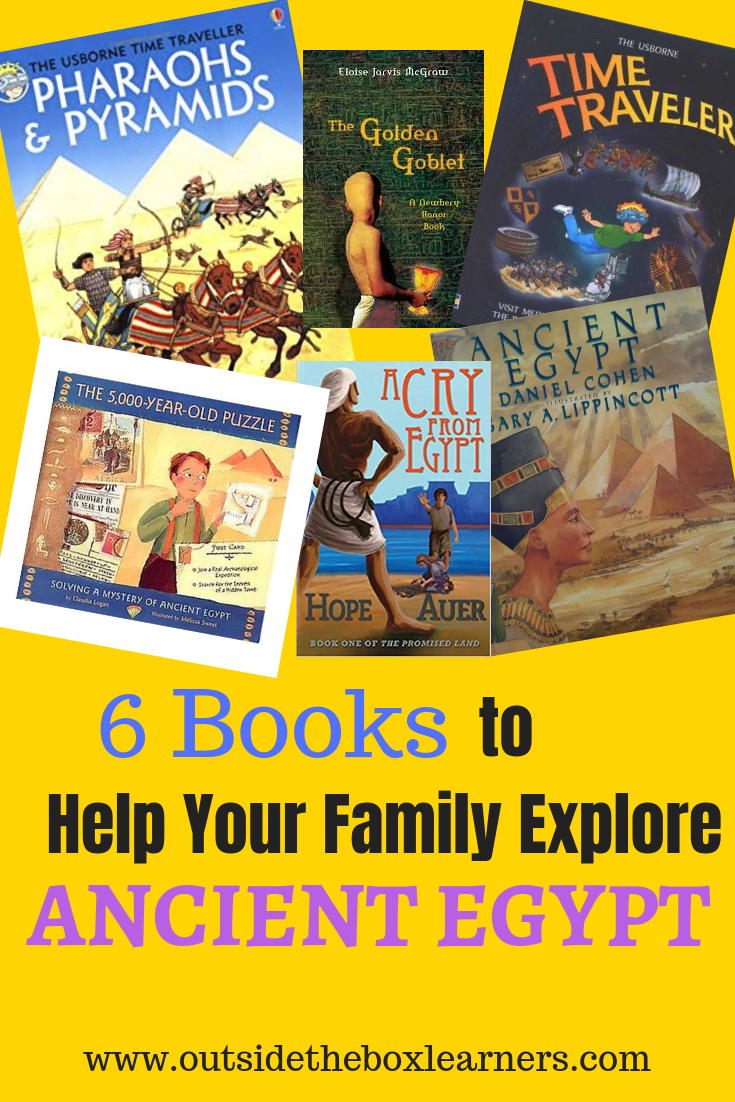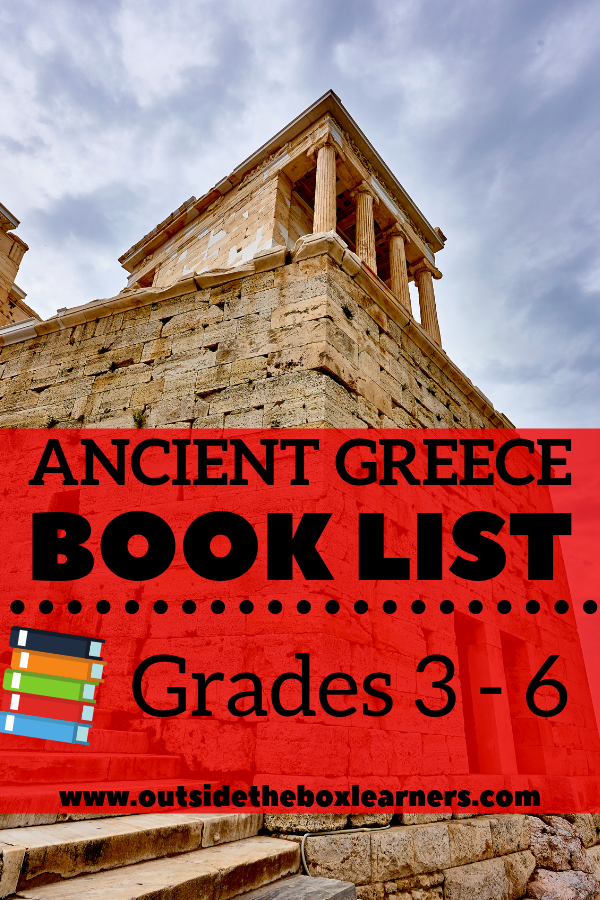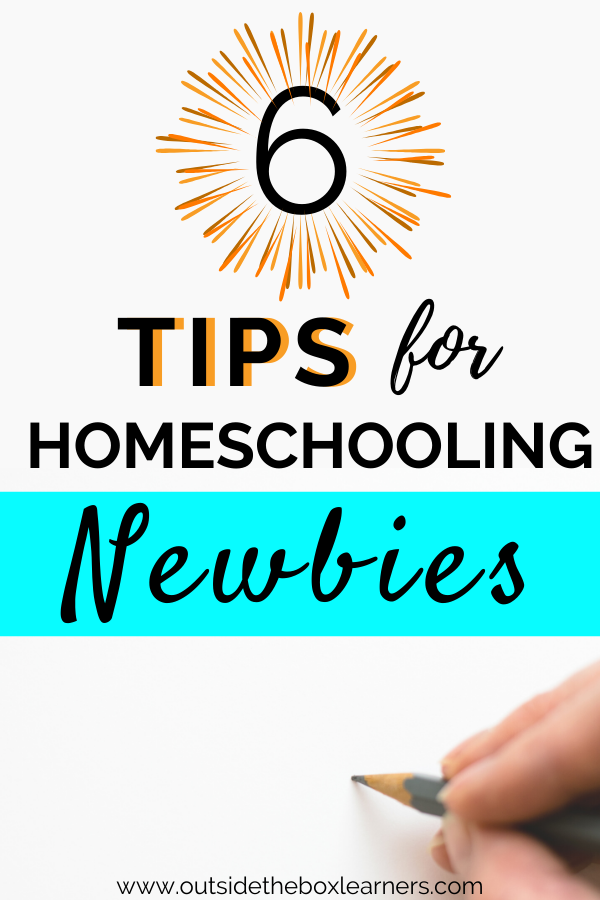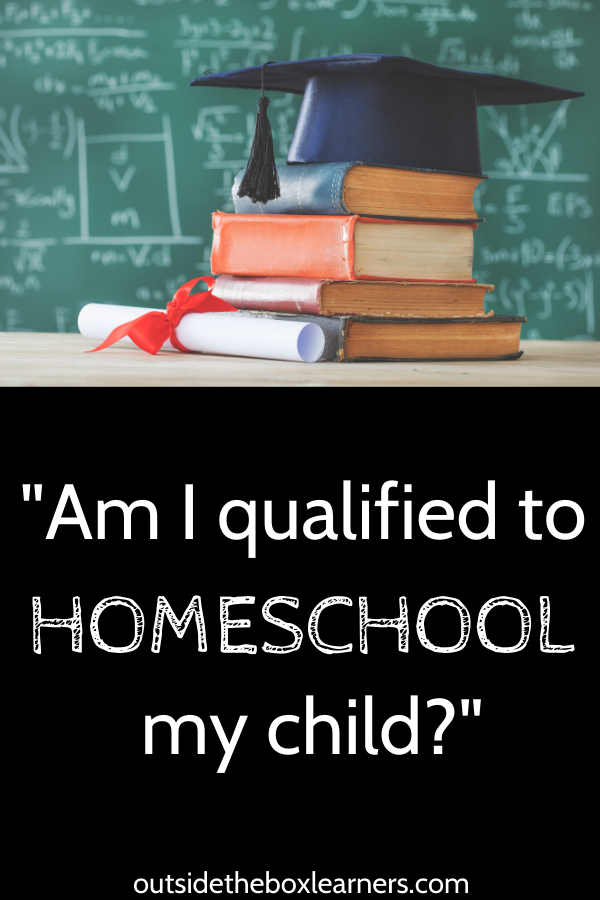Given the current unprecedented circumstances, otherwise known as COVID-19, many are considering homeschooling this fall. In this post I outline my BEST homeschooling tips. I hope they are helpful!
Homeschooling is a beautiful choice for many families, but during these crazy times, it can feel more like crisis schooling (even for those of us who have been homeschooling for years!) My heart goes out to those of you who feel you have no choice, but to homeschool.
Ideally, one comes into homeschooling with a sense of hope and excitement, and I know for many of you, you simply feel it is your only choice with the given circumstances. I hope you can use this time to make lemonade out of the lemons presented.
Because I’m an “always” homeschooler, rather than an “unexpected” homeschooler, I can’t fully empathize with those finding themselves in this position. However, I tried my darndest to put myself into the shoes of a FIRST-TIME homeschooler (whether it’s temporary, or a permanent decision.)
If I were to sit down over a cup of coffee and chat homeschooling with you this would be my general advice.
This blog post contains affiliate links and any purchases made through such links will result in a small commission for me (at no extra cost to you).
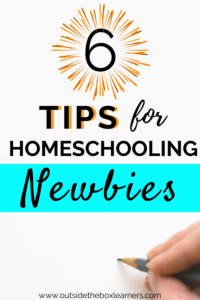
6 Tips for Homeschooling “Newbies”
1.) Simplify Academics – Focus On the Three R’s
In days of old, they focused on the three R’s: Reading, (W)riting, and ‘Rithmetic. These three subjects build on each other, and should have more of a focus. Whether you’re pulling out of brick and mortar school for just a season, or considering homeschooling indefinitely, these are the basic skills needed for learning.
I don’t typically advise buying an all in one boxed curriculum (it was a flop for us!), but I understand the temptation to do so. To see an example of how we pull many different resources together, check out this curriculum picks post.
Also if your kids are younger (ages 4-7), this post might be helpful: What I Would Do Differently My First Year of Homeschooling. May you learn from my mistakes! 😉
2.) Routine OVER Schedule
Rigid schedules can be stifling, while routines give life. Plan a general flow to your day, so your kiddos know what is coming next, and you’re not re-inventing the wheel each day.
While classrooms need to have rigid schedules to manage so many children, a huge benefit of homeschooling is the flexibility it allows to your daily flow. Take advantage of it!
Check out Cindy West’s Master Class for more help in this area:
Designing A Practical Homeschool Schedule This Master Class will give you actionable and practical tips to get you started!
3.) Consider Your Family’s Interests
When it comes to other subjects (science, history, art, music, etc.), choose topics you or your kids are interested in.
Does your child have a passionate interest in bugs? The human body? Mummies and Ancient Egypt? Now’s your chance to go deep! When kids get the opportunity to dive deep into the topic of their choice, you will see them blossom before your very eyes!
The subjects above do not build on each other, so you can’t really get behind in them. However, if you have a high schooler who will be going back to brick and mortar school, you’ll want to make sure they cover the class they’ll be missing. (for example, Biology is generally covered in 9th grade)
For history, if it were me and you were here across my kitchen table, I’d say pick a time in history you’d like to learn more about and read some great living books with your kids. If you want a full picture on how we do history, check out my post on How We Do History – Textbook Free! History is my favorite subject because I’ve learned so much alongside my kiddos!
4.) Don’t Try to Recreate School at Home
Homeschooling looks different than a classroom. Homeschooling is not the same as school at home. And that’s one reason so many people do it! This took me a bit of time to understand, but now that I do, it has freed me up to focus more on doing life with my kids and learning together rather than trying to make our home look like a classroom. Some refer to it as lifeschooling.
5.) Enjoy the Time Together
Go on nature hikes together, cook together.
Make it a priority to read-aloud together. There are so many benefits of reading aloud!
Bake a treat and try some Poetry Teatime.
Above all, enjoy each other.
6.) Outsource Classes
One of the greatest benefits of homeschooling during such a technological age is the opportunity to outsource classes, from the comfort of your home. You can get dinner ready, or rest those eyes for a bit, while the kiddos continue to learn!
These are some classes I highly recommend:
Chalk Pastel Art – Nana is a delight! Her ‘I Drew It Then I Knew It’ classes that cover many events in history are perfect for those kids who ‘learn by doing’.
No Sweat Science Live – Just turn on the video and the kids can watch and interact with Ms. Cindy. They complete a nature journal page during the lesson. For grades 1-8. Great for a nature-smart kid!
SQUILT Music – Mary has curated all the material. All you need to do is open the lesson, and go! Works for a variety of ages.
Resources I Recommend:
Teaching From Rest: A Homeschooler’s Guide to Unshakeable Peace by Sarah Mackenzie – A short and easy read that will leave you feeling BLESSED and not STRESSED about homeschooling.
Carole Joy Seid’s Homeschool Made Simple – Carole Joy Seid is a homeschool veteran who focuses on keeping homeschooling SIMPLE. This DVD resource is best for those considering homeschooling for the long haul. This is a Christian based resource that revolutionized our homeschool. I consulted with Carole back in 2016 and her advice changed the trajectory for my late reader.
Cindy West – Designing a Practical Homeschool Schedule – You can’t go wrong with this class. This would be a great place to start if you’re new to homeschooling!
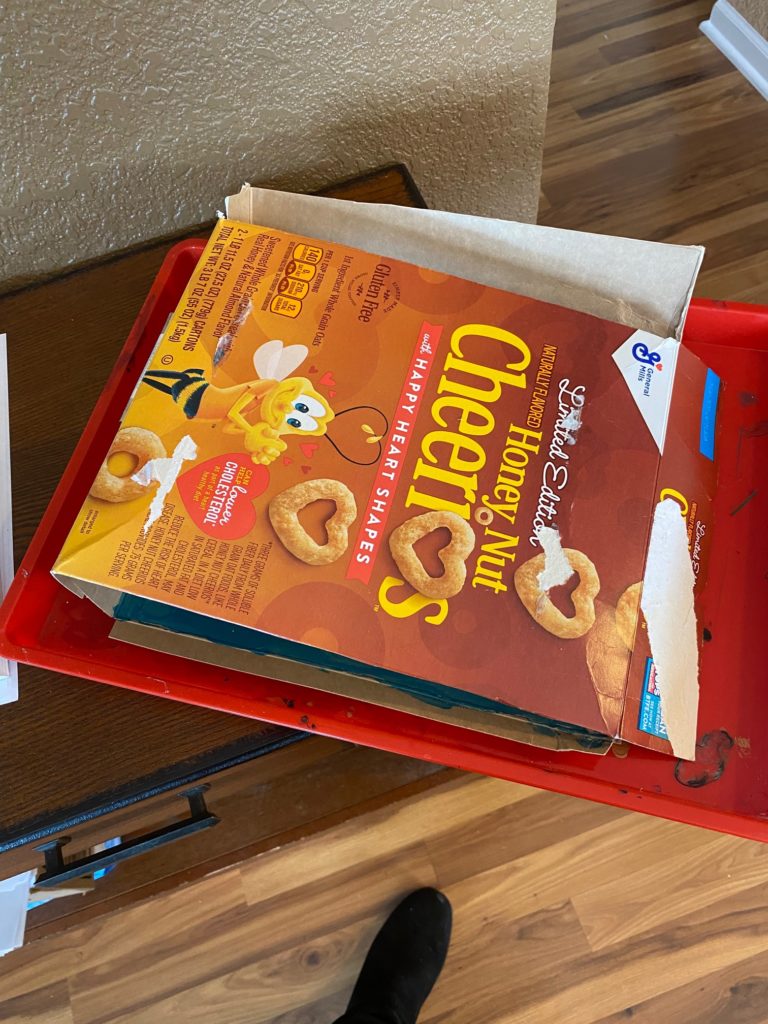
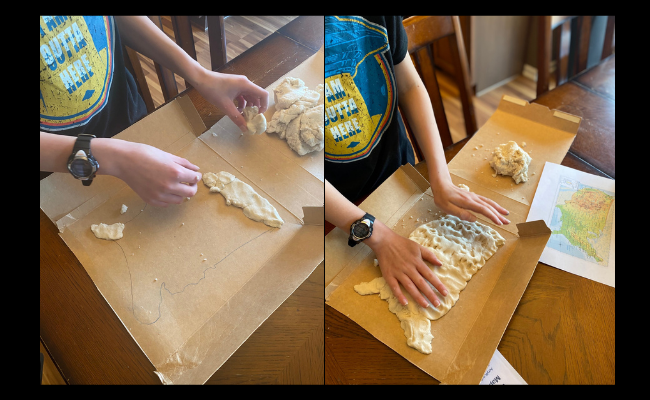
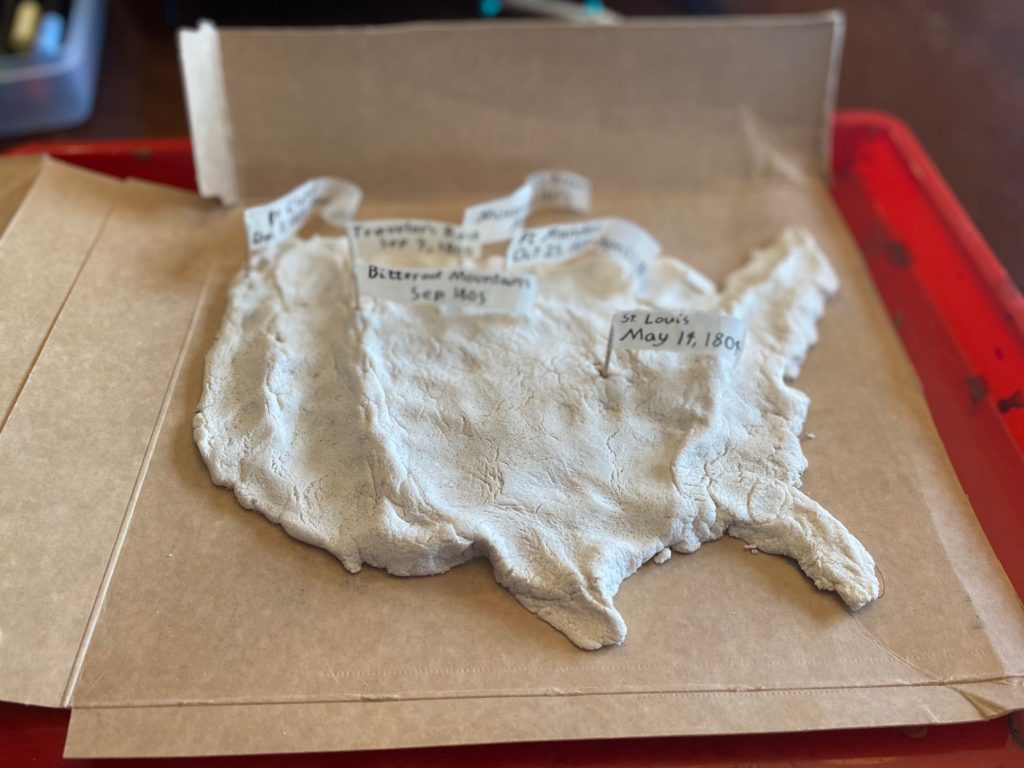
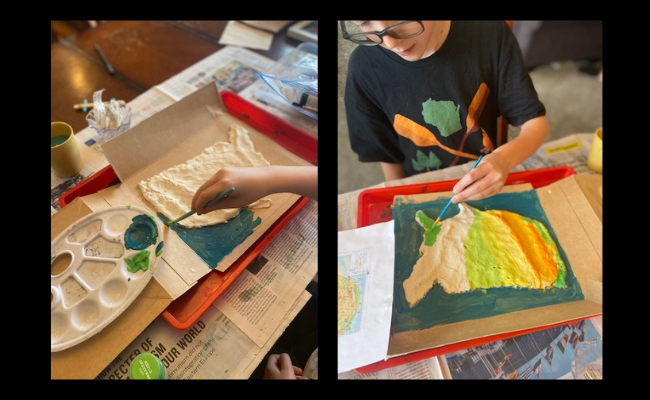
![]()
![]() And here’s the final product!
And here’s the final product!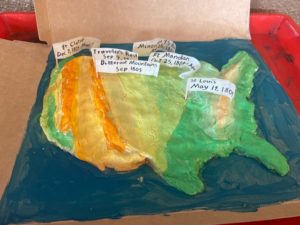
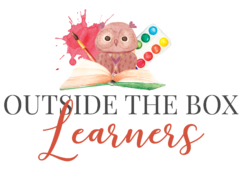
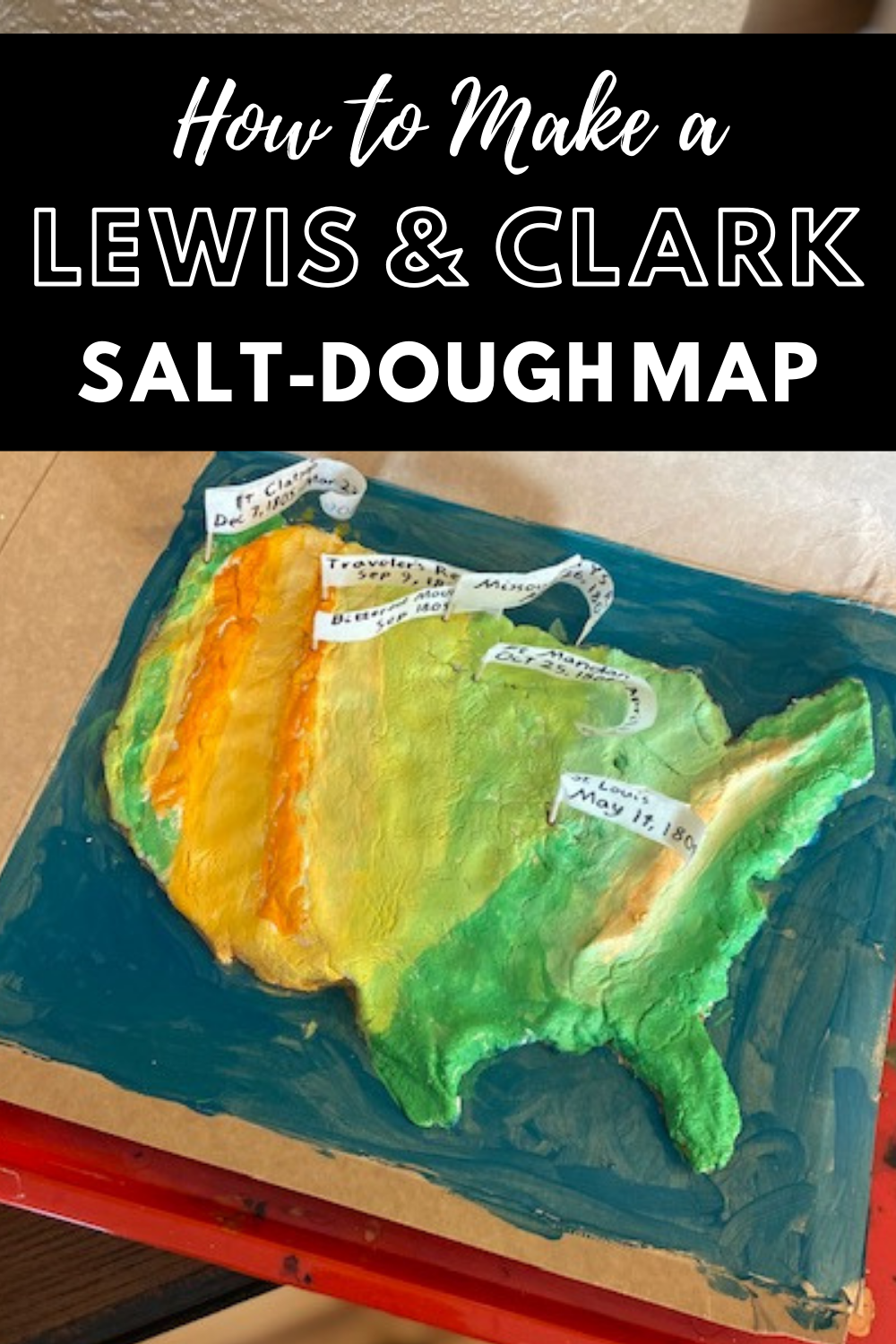
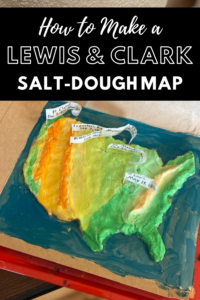
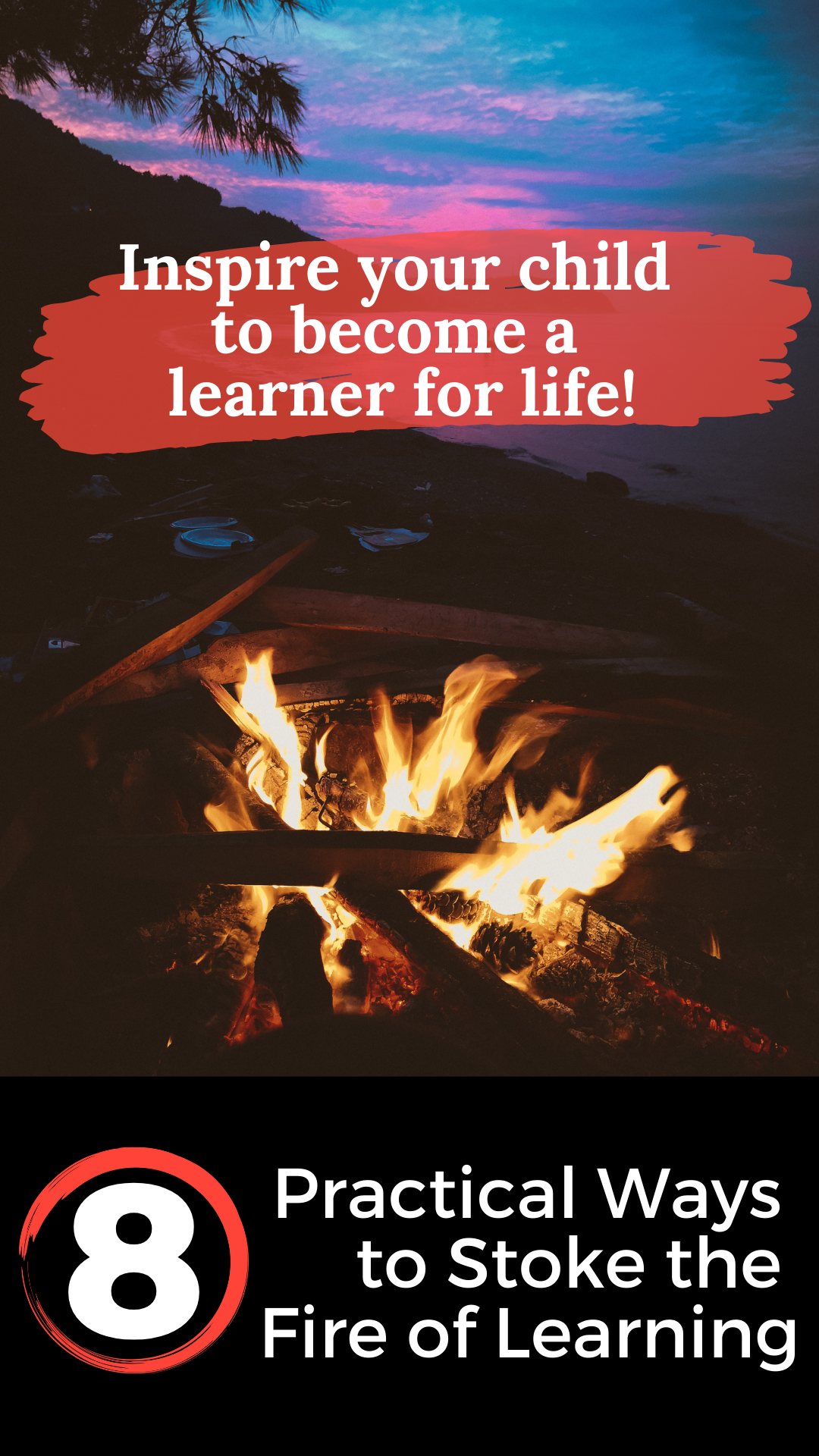
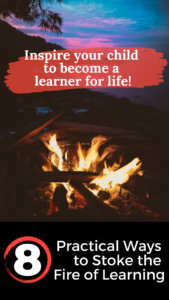
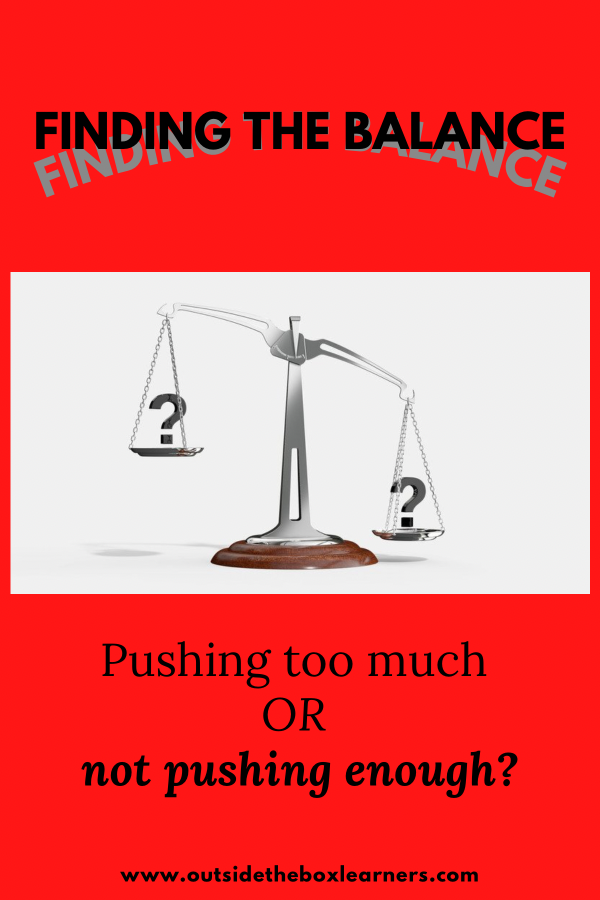


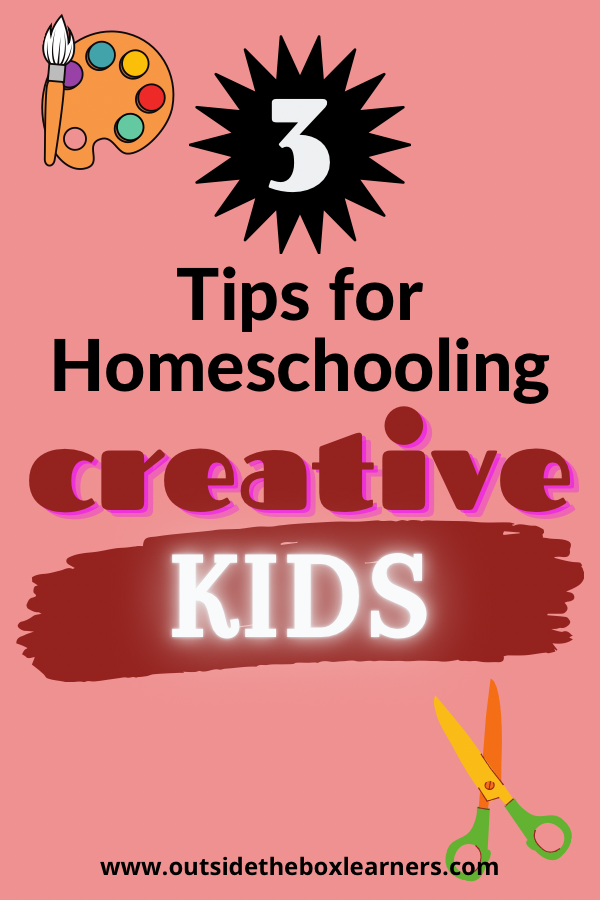
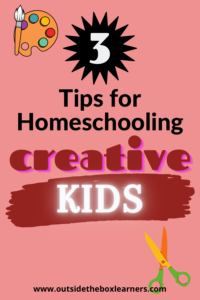
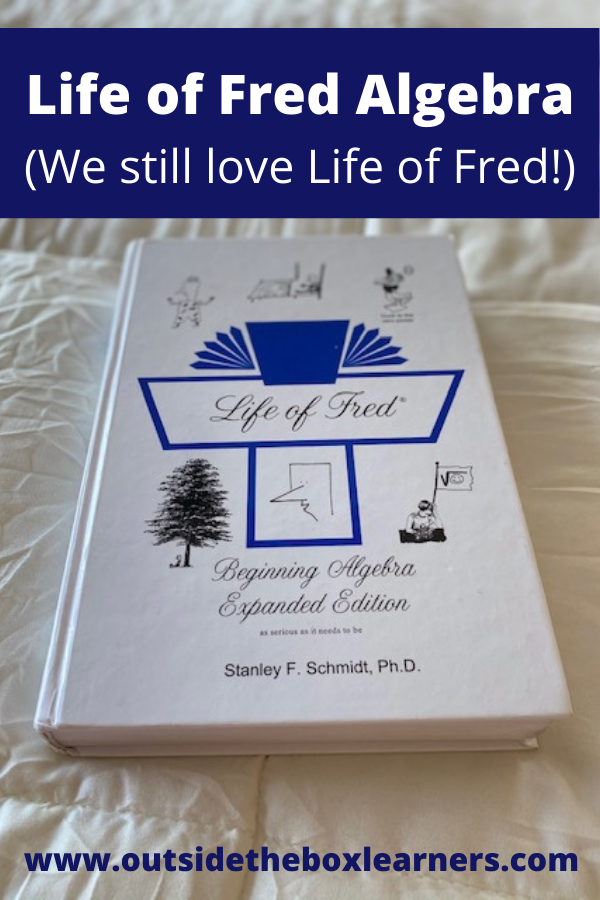

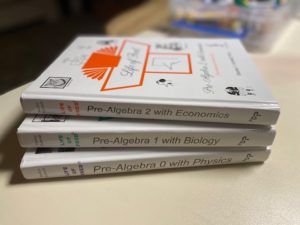 She thoroughly enjoyed the combining of pre-algebra with other subjects (well maybe not physics as much, though it did stretch her brain a bit!)
She thoroughly enjoyed the combining of pre-algebra with other subjects (well maybe not physics as much, though it did stretch her brain a bit!)